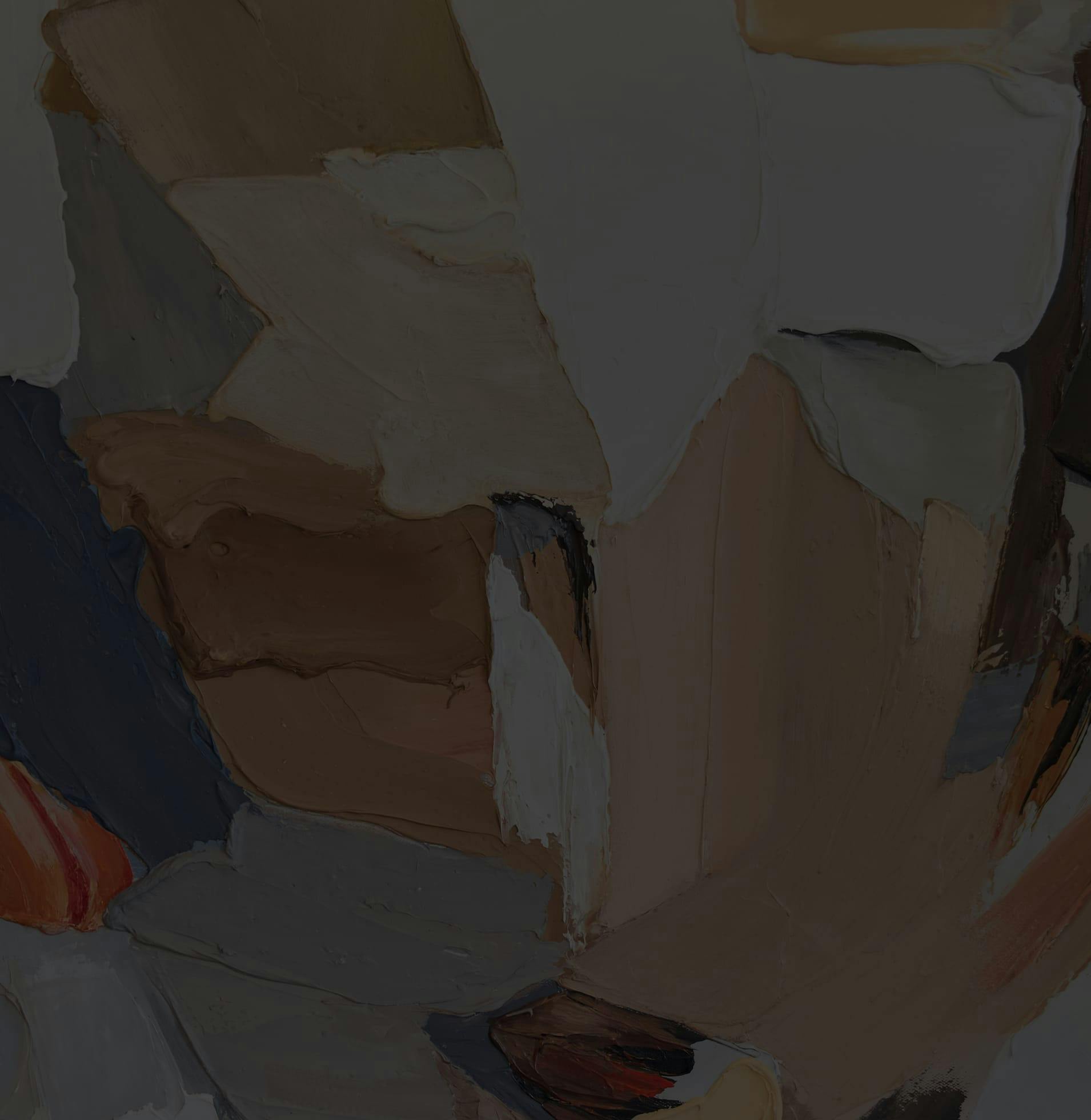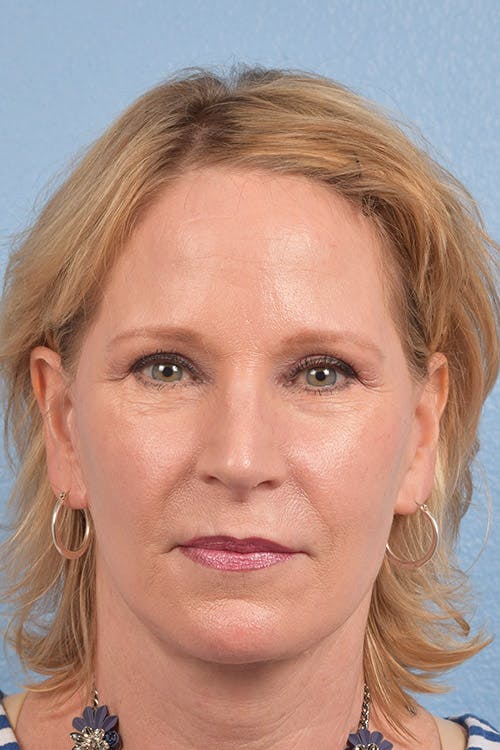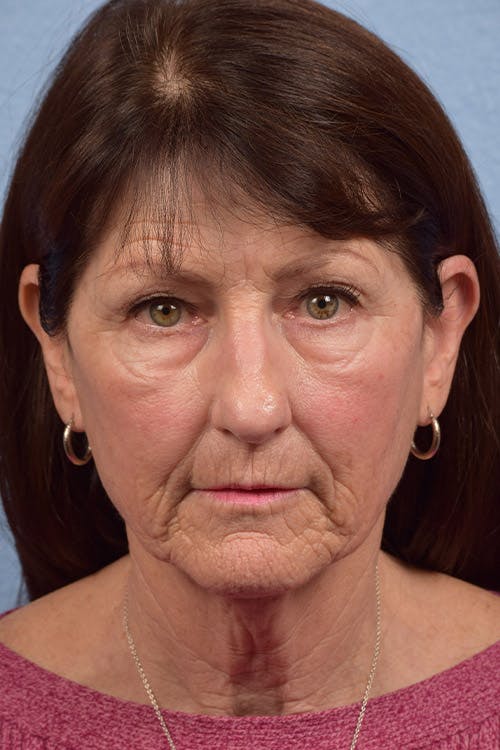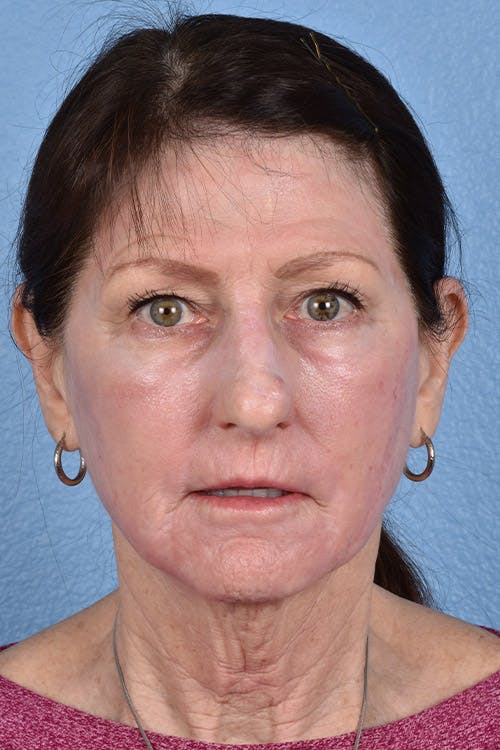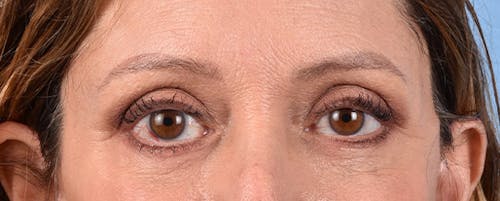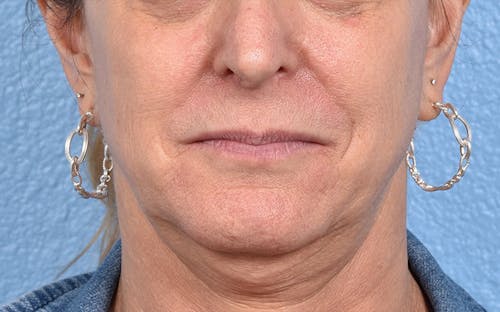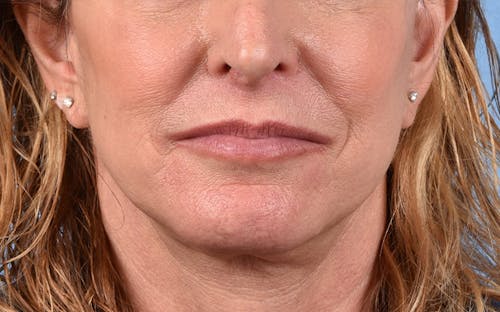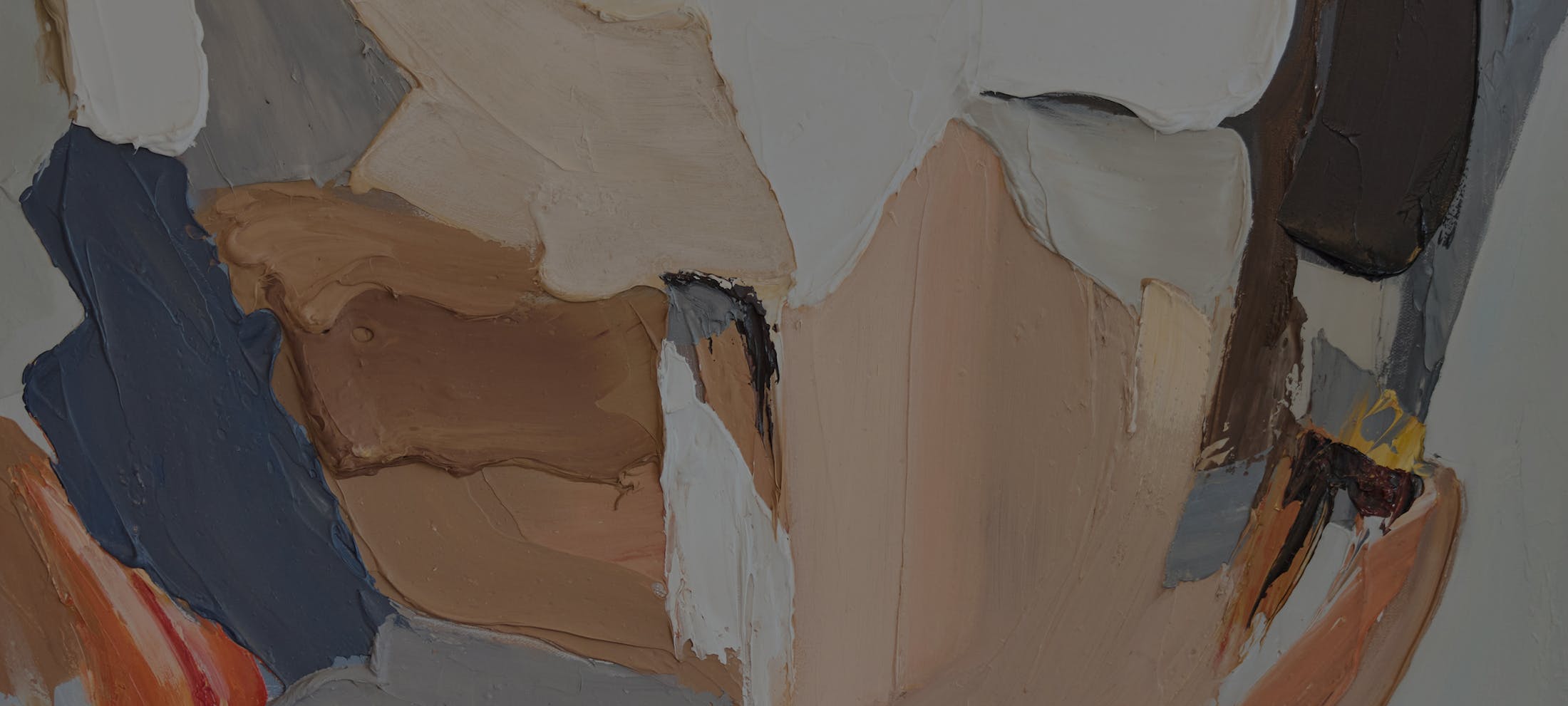As we age, our faces tend to lose volume. This creates lines, wrinkles, and sometimes a hollowed or sunken appearance, leaving the face looking gaunt and aged. Dermal fillers are often used to restore lost volume. Fat transfer offers a more lasting result using fat harvested from another body area rather than a dermal filler, which must be reinjected regularly.
Think of your face in your 20s like a plump, juicy grape—full, smooth, and vibrant. Over time, however, that grape gradually becomes more like a raisin as volume is lost and the skin starts to wrinkle. In the late 1990s and early 2000s, man-made fillers gave us a way to replace some of that volume loss, and while they’ve been incredibly helpful, they can only go so far.
The most natural way to restore youthful fullness has always been through our own tissues—and that’s where fat comes in. Fat is more than just volume. It’s packed with stem cells, growth factors, and supportive tissues that stimulate and rejuvenate the skin from within. This biostimulation is what helps create results that look natural and last longer, with skin that’s smoother, firmer, and healthier.
So when is fat the right choice? It’s often ideal when we start to see early signs of aging—loss of facial volume, skin laxity, or fine lines and wrinkles around the lips, mouth, eyes, and brows. By restoring what time takes away, fat can help bring back a fresher, more youthful look.


